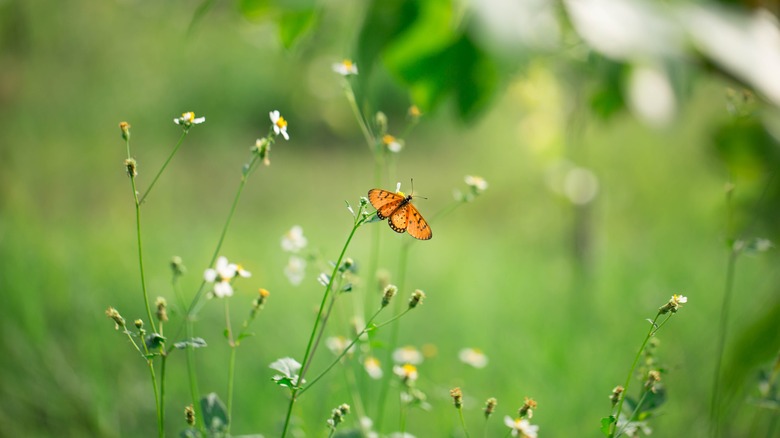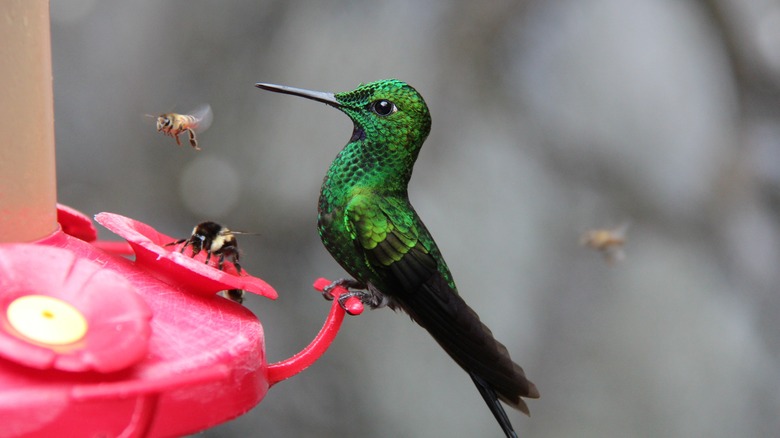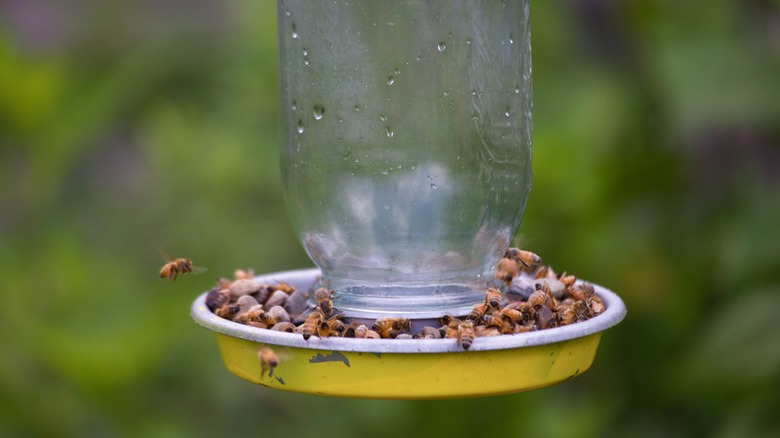How A Spoonful Of Sugar In Your Lawn Can Help Your Local Pollinators
Pollinators such as birds, bees, and butterflies play a crucial role in maintaining the health and biodiversity of our ecosystem. Unfortunately, pollinator populations have been in decline due to habitat loss, pesticide use, and climate change. This plunge in pollinator populations is a cause for concern, as these animals are essential for cultivating plants that produce the fruits, vegetables, and nuts that make up a significant portion of our diets.
The good news is that you can help support local pollinator populations. For instance, you can avoid using harmful pesticides in your yard or start a pollinator garden, planting beautiful flowers that attract these beneficial creatures. Another step you can take is adding sugar to your lawn. Sugar provides essential energy to pollinators, which they need to carry out their important work. By adding sugar to your yard, you can create a food source that will help attract and sustain local pollinator populations.
The role of sugar in your yard
Providing sugar in syrup form is an effective way to support pollinators in your yard. During certain times of the year, when natural sources of nectar are scarce, sugar water can provide much-needed energy to pollinators. Additionally, sugar water can also help attract pollinators to your yard, which can benefit your garden or fruit trees by increasing the rate of pollination. This is especially important for bees and nectarivores, such as butterflies, moths, and hummingbirds, that need to consume large amounts of sugar to fuel their daily activities. By providing a reliable source of food for pollinators, you can help sustain the health and biodiversity of your local ecosystem. Plus, by watching butterflies and bees visit your yard to feed on the sugar solution, you can gain a deeper appreciation for their important role in our world.
While providing sugar syrup is a good way to supplement the diet of pollinators, it should not be used as a substitute for natural sources of nectar. It's important to also provide a variety of flowering plants that bloom throughout the season, as this will provide pollinators with the nutrients they need to thrive. By creating a diverse and pollinator-friendly environment in your yard, you can help support the health and well-being of these important creatures.
How to offer sugar in your yard
According to the Michigan State Univerity Extension, homemade sugar syrup can be provided to supplement the diet of bees in your area, and the Austin, Texas Parks and Recreation Department recommends providing this food source for butterflies as well, especially when there has been a drought. Choose a location that is easily accessible to pollinators. Avoid placing the solution near areas with heavy foot traffic or where pesticides or other chemicals may be used.
While you can leave a spoonful of sugar water on a flat surface for the insects to enjoy, another option is to make artificial nectar and place it into a feeder, such as a hummingbird or a bee feeder. The U.S. Forest Service recommends combining four parts of water with one part of white sugar. Stir until the sugar dissolves before placing it in a feeder. Monitor the solution regularly to ensure it hasn't dried out or been consumed by pollinators. If the solution dries out, add more water to the mixture. Repeat this process every few days, as needed, to maintain a consistent food source for pollinators. Be sure to wash the feeder with hot water and mild dish soap twice weekly to prevent mold or bacteria.


